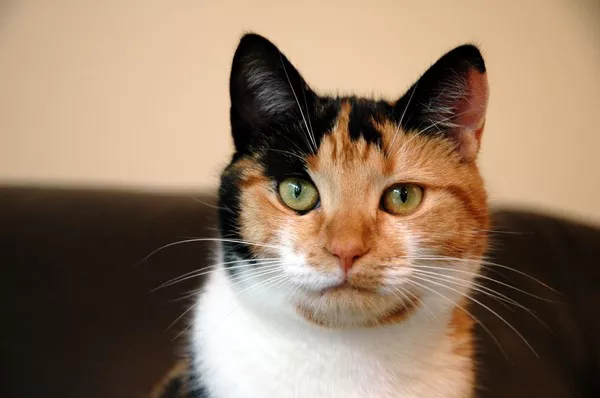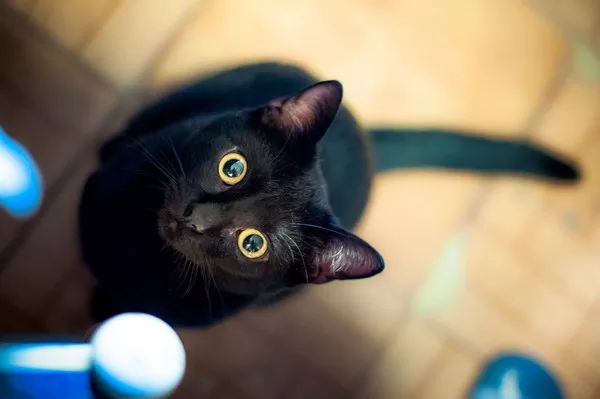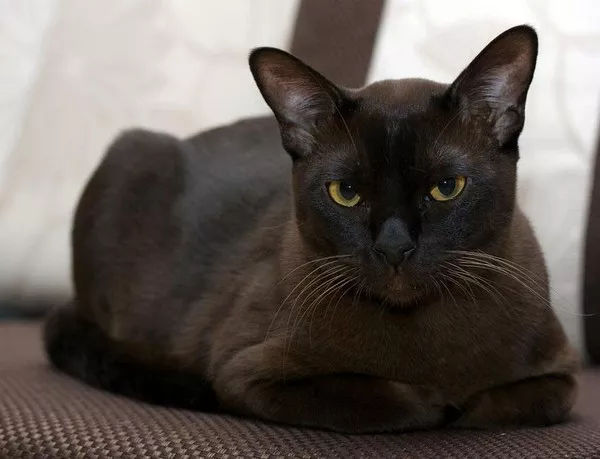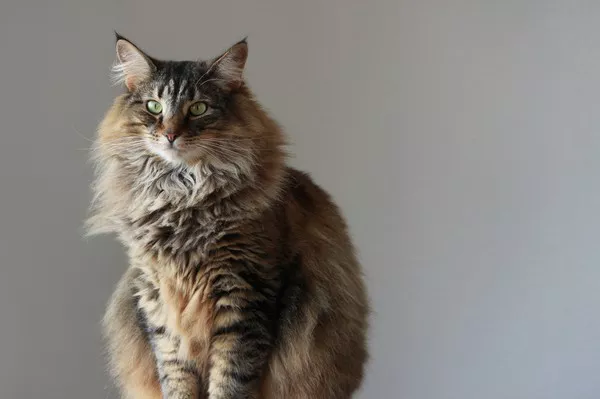Calico cats are famous for their beautiful, tri-colored coats and unique genetic makeup. While they come in various sizes, it is not uncommon for some calico cats to be noticeably smaller than average. In this article, we explore the factors that may contribute to the smaller size of calico cats. From genetics to nutrition and health considerations, we aim to shed light on this intriguing phenomenon.
Understanding Calico Cats:
Coat Color Genetics:
Calico cats possess a coat pattern characterized by patches of red, black, and white fur. This distinctive coloration results from the interaction of specific genes on the X-chromosome. The gene responsible for the orange color (O) is located on the X chromosome, while the gene for black color (B) resides on the non-sex (autosome) chromosomes. Due to the unique genetic structure, calico cats are almost exclusively female, with rare exceptions.
1. The Influence of Genetics on Size:
Inheritance Patterns:
Like most physical traits, size can be influenced by genetics. Some studies suggest that genes play a role in determining the overall size of a cat, including its weight and body structure. If the parents of a calico cat were smaller in size, it might increase the likelihood of the offspring being smaller as well.
Polygenic Influences:
Size is typically a polygenic trait, meaning it is influenced by multiple genes rather than a single gene. Complex interactions between these genes can result in significant variations in size among individual cats, including calico cats. Some combinations of genetic factors may contribute to the smaller stature observed in certain calico cats.
2. Nutritional Considerations:
Early Nutrition:
Proper nutrition during a cat’s early development stages is crucial for healthy growth. Kittens need a well-balanced diet rich in essential nutrients to support their overall growth and development. Inadequate nutrition during this critical period can potentially lead to stunted growth, affecting the cat’s adult size.
Nutritional Deficiencies:
In some cases, nutritional deficiencies can contribute to a cat’s smaller size. Lack of key nutrients, such as protein, vitamins, or minerals, may impair growth and result in a smaller stature. It is important to provide calico cats with a nutritionally balanced diet designed for their specific needs to ensure optimal growth and development.
3. Health Factors:
Congenital Conditions:
Certain congenital conditions or abnormalities can affect a cat’s growth and development, potentially resulting in smaller size. These conditions may involve hormonal imbalances, endocrine disorders, or skeletal abnormalities. If you suspect your calico cat’s small size may be due to an underlying health issue, consult a veterinarian for a thorough examination.
Intestinal Disorders:
Intestinal disorders, such as malabsorption syndromes or chronic gastrointestinal diseases, can negatively impact a cat’s ability to absorb nutrients from food. This compromised nutrient absorption can lead to poor growth and smaller size. Identifying and addressing these conditions is vital for the overall wellbeing and growth of calico cats.
4. Environmental Influences:
Social Hierarchy:
Social dynamics within multi-cat households or colonies can influence a cat’s access to resources, including food. Dominant cats may monopolize feeding areas or prevent subordinate cats from obtaining sufficient nourishment, potentially impacting their growth and overall size.
Stress and Anxiety:
Chronic stress or anxiety can have physiological effects on a cat’s body, potentially leading to reduced appetite and weight loss. Cats experiencing prolonged stress may not consume enough food to support optimal growth, which can contribute to smaller size.
Conclusion:
While calico cats are known for their eye-catching coats, some individuals within this breed may exhibit smaller size compared to others. A range of factors can contribute to a calico cat’s reduced stature, including genetics, nutritional considerations, health factors, and environmental influences. Understanding these potential causes can help cat owners provide appropriate care and support for their smaller-sized calico companions. If you have concerns about your calico cat’s size, it is always advisable to consult with a veterinarian for a comprehensive evaluation and guidance on ensuring their overall health and wellbeing.

























